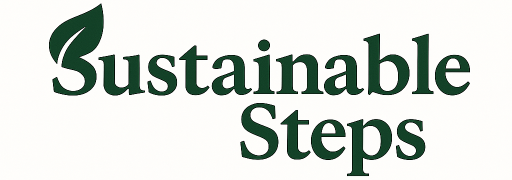Introduction
Sustainable shopping often gets a bad rap for being expensive—and understandably so. $90 for a t-shirt made from recycled bamboo? Tempting, but not always doable. The truth is, you don’t have to spend a fortune to shop sustainably. In fact, mindful consumption can save you money and support the planet at the same time.
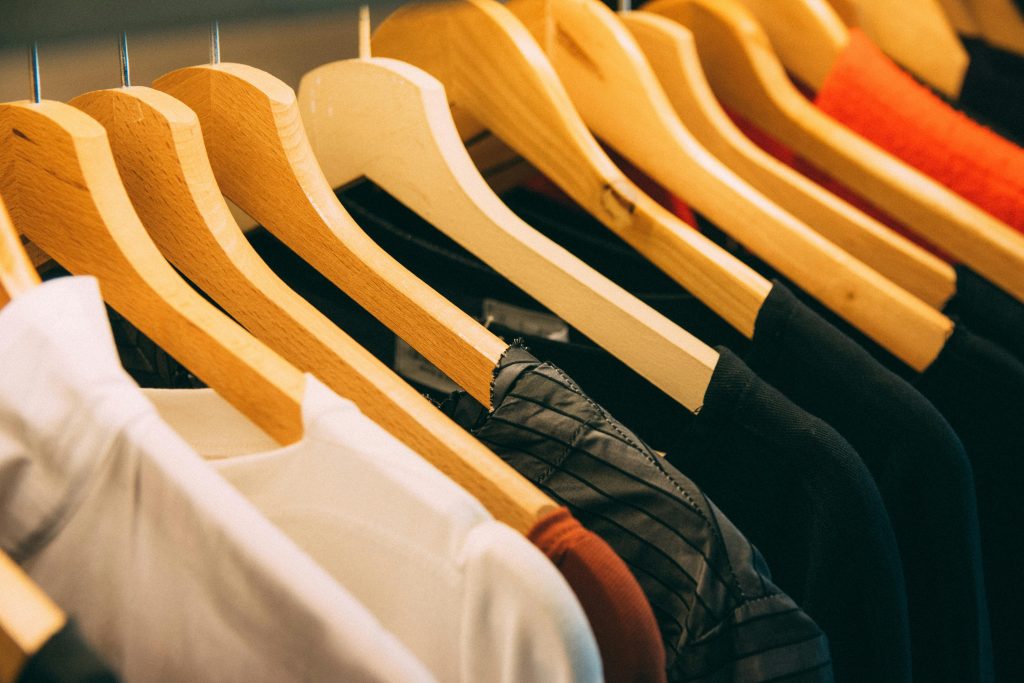
If you’re looking to make smarter, more eco-conscious choices without sacrificing your budget, you’re in the right place. This guide will walk you through practical, affordable ways to shop sustainably, plus tips on how to spot greenwashing and find real value in your purchases.
What Does It Mean to Shop Sustainably?
Shopping sustainably means making purchasing decisions that reduce your environmental impact, support ethical labour practices, and promote long-term use over fast consumption.
Core principles of sustainable shopping:
- Buy less, choose well
- Support ethical and local brands
- Choose quality over quantity
- Minimise waste and packaging
- Think secondhand first
It’s about shifting from “What’s the cheapest?” to “What’s the most thoughtful choice within my means?”
Myth-Busting: Sustainable ≠ Expensive
Let’s clear the air. You don’t have to spend more to shop sustainably. In fact, when done right, sustainable habits can actually save you money over time.
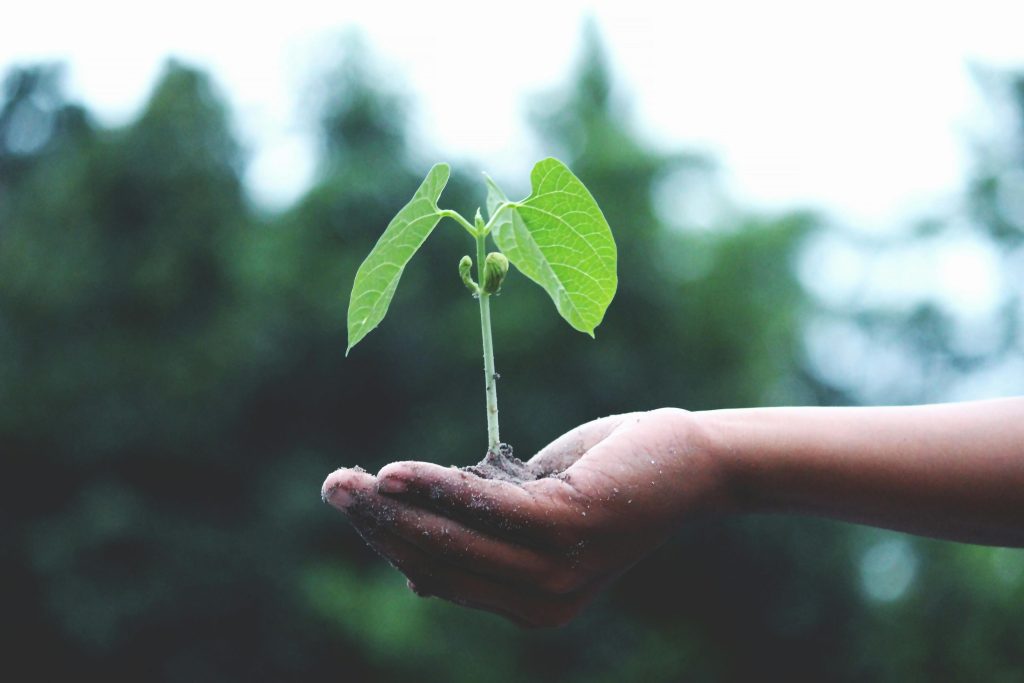
Here’s why:
- You buy less frequently because products last longer
- You cut down on impulse buys
- You explore secondhand or DIY options
- You reduce waste—and wasted money
10 Affordable Ways to Shop More Sustainably
1. Buy Less, Use More
The most sustainable product is the one you already own. Before you buy anything new, ask:
- Do I really need this?
- Can I repair or repurpose something instead?
Being intentional is free—and powerful.
2. Embrace Secondhand Shopping
Thrift stores, vintage markets, online marketplaces (like Depop, Facebook Marketplace, and Gumtree) are full of hidden gems.
Why secondhand wins:
- It keeps items out of landfill
- It reduces the demand for new production
- It’s often a fraction of the retail price
Pro Tip: Set alerts on secondhand platforms for specific brands or items you’re looking for.
3. Support Local and Small-Scale Brands
Local brands often have smaller supply chains and more transparent practices. Plus, supporting Aussie businesses strengthens your community.
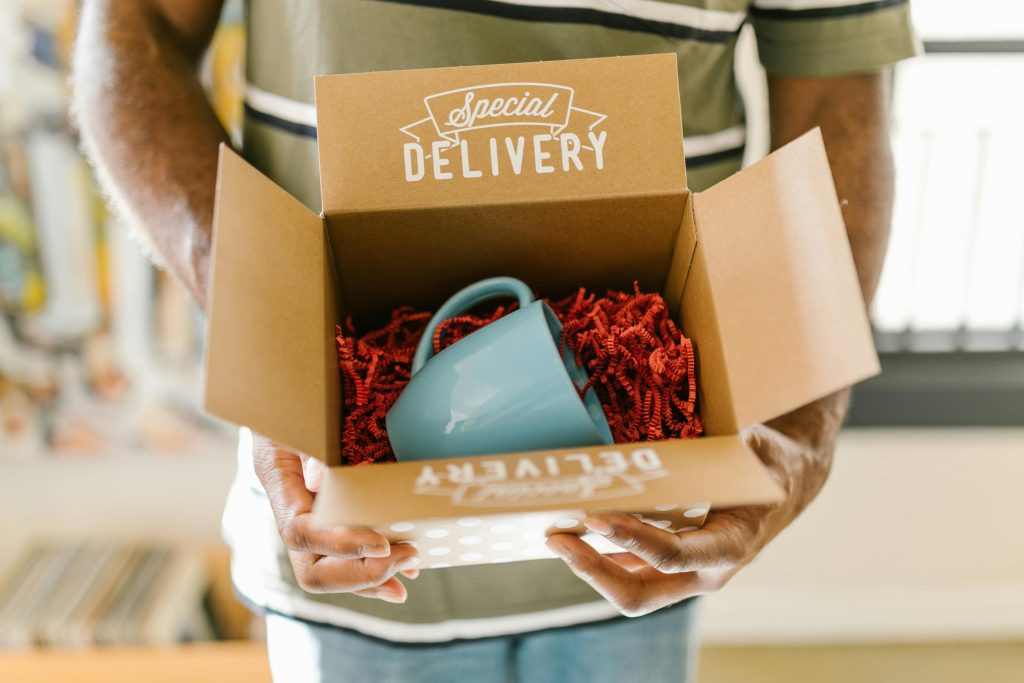
Look for:
- Locally made goods
- Farmers markets
- Community swaps or maker markets
4. Look for Certifications—But Don’t Pay Just for the Label
Eco-labels like GOTS (organic textiles), Fair Trade, or B Corp can guide your purchases—but don’t assume they always mean better quality or justify higher prices.
Focus on brands that:
- Clearly share their sustainability practices
- Use eco-friendly materials
- Avoid overproduction and greenwashing
5. Buy in Bulk (When It Makes Sense)
Buying staples like grains, pasta, nuts, or toiletries in bulk can reduce both packaging waste and cost. Bring your own containers to bulk food stores or refill stations.
This works best for:
- Pantry basics
- Cleaning supplies
- Reusable essentials
6. Use What You Have Before Buying Alternatives
Sustainable swaps (like beeswax wraps or bamboo cutlery) are great—but only if you actually need them.
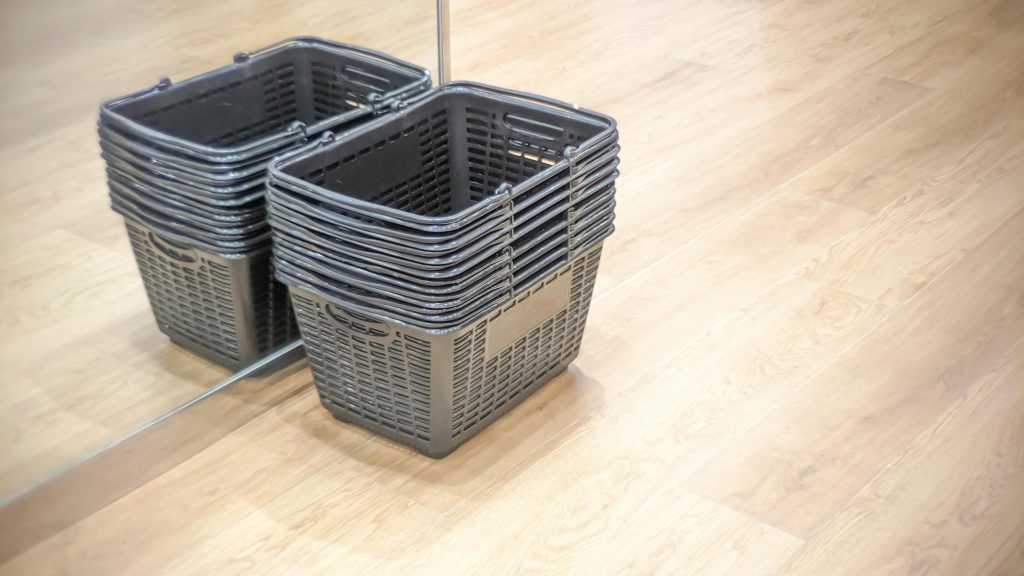
Use up:
- Old jars instead of buying new storage
- T-shirts as cleaning cloths
- Tote bags you already have (you probably don’t need another branded one!)
7. Shop Off-Season or Clearance Sustainably
Don’t rule out sales—just shop with a purpose. Use discounts to buy high-quality, sustainable items that you’ll use for years, not trends you’ll wear once.
Questions to ask:
- Will I still love this in a year?
- Does this match my wardrobe/lifestyle?
8. Learn Basic Repair and Care Skills
Mending, sewing, or patching extends your wardrobe and saves you from replacing items too soon.
Skills worth learning:
- Sewing on a button
- Fixing a hem
- Cleaning and conditioning leather goods
- Sharpening knives or garden tools
9. Plan Your Purchases
Impulse buying is the enemy of mindful consumption. Keep a list of essentials or upcoming needs and wait 24–48 hours before buying.
Apps like Notion, Trello, or even your Notes app can help you track what you actually need.
10. Use Your Voice as a Consumer
Even if you can’t buy from every ethical brand, you can:
- Leave reviews
- Email companies asking about sustainability
- Follow and share responsible brands online

Your influence is more powerful than you think.
Watch Out for Greenwashing
Many companies market products as “eco-friendly” without real substance. Look for:
- Vague language (e.g., “natural,” “eco,” “clean” without evidence)
- Overuse of green imagery to imply sustainability
- No transparency about sourcing or labour
Choose brands that publish clear sustainability reports and back up their claims with data.
Conclusion
Shopping sustainably isn’t about perfection—it’s about progress. You don’t have to overhaul your entire lifestyle overnight or spend beyond your means to make meaningful change.
By being more intentional, supporting ethical alternatives, and choosing long-lasting over low-cost, you’re not just saving money—you’re investing in a better world.
At SustainableSteps.com.au, we believe that mindful consumption is for everyone—not just the elite. Let’s create a sustainable future, one affordable choice at a time.
